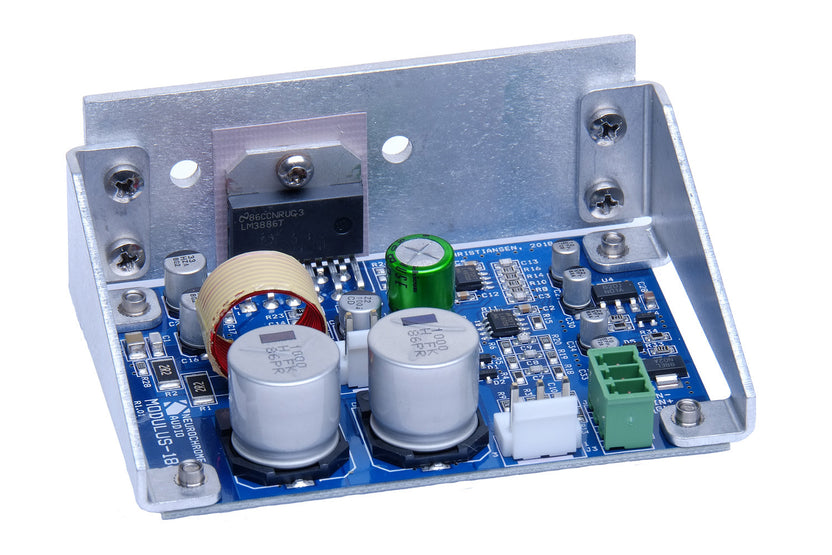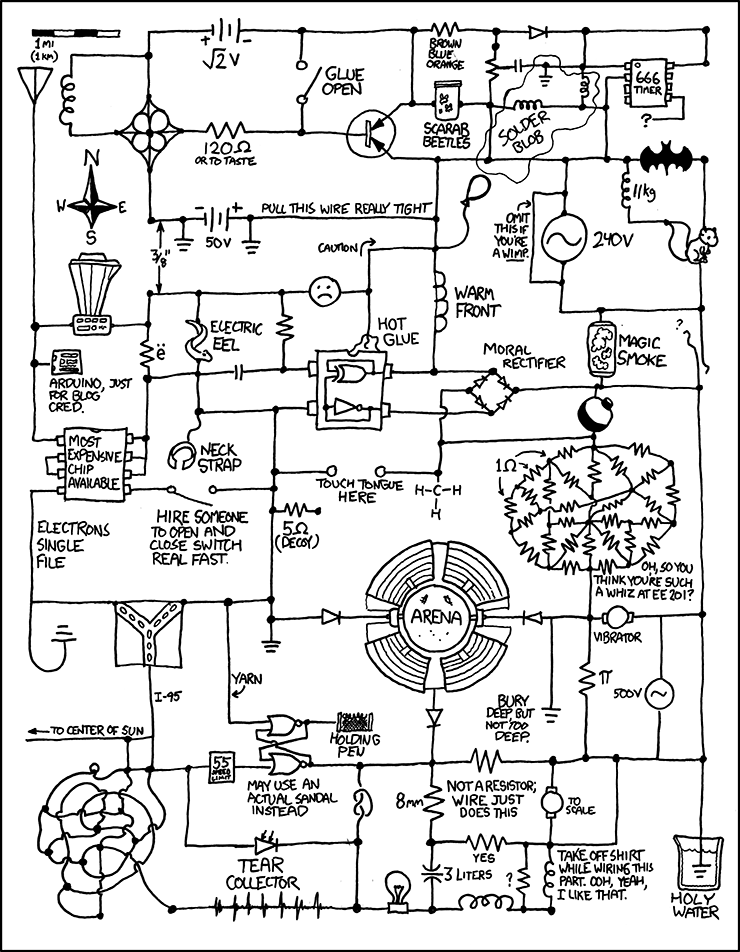Interesting thread. I don't really know what to make of it all! My observations:
With a DAC* and AMP** that accept XLR I have found better sound quality in one XLR cable, compared to another, better again than cheap XLR cable new, and all of this was better than silver core RCA. I may be experiencing some bias here but I honestly hope not. What this spells for my wallet is another matter. I don't currently use Phono sources so none of this is from a turntable.
I live in a basement flat so I have no scope for dual 15" drivers. With this in mind what might the studio monitor crowd offer me? I'm no longer interested all that much in <90hz unless I'm at a live gig anyway. I don't know what this says about loudness levels or quality of modern studio recordings.
The source is king. There are digitally available 70s analogue Jazz records that sound better Today than many chart mixes, similarly there are modern albums that continue to push the boundaries of Tidal Master (which other than FLAC rips is the majority of my HQ listening).
The sound engineering for a modern release must be very complex, how close to ideal quality are people with a home setup getting these days? I've certainly noticed the difference when a Youtube musician has been on a proper US show with a decent microphone setup, even if that is listened to via Youtube 1080p audio compression.
I have
on order a pair of
Triangle BR08 as after many years I felt I could move from my Comete EX modded pair. Also, both drivers are different/changed

I promise PFM a review when they arrive (could be later this week). They are currently on the credit card (mehhhhh moar audio).
However, if they are too much bass for the neighbours they could just be going back - depending on how they work in a ""treated"" room, an untreated room and with some iffy sources.
I wish I had a spare barn...
*AudioLab M-DAC with PSU ** Primare A30.1


